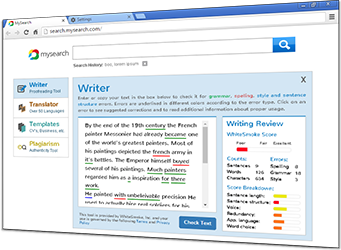Run-On Sentences Can Create Confusion in Business Communications
Business professionals need to ensure they have concise and effective writing styles that communicate their meaning precisely. Many organizations, like the American Management Association, lead workshops to help professionals improve their business writing by learning to check for grammar and spelling mistakes.
The run-on sentence is one of the most common mistakes made in business communications, according to a report in the Financial Post. When businesses or clients send reports and e-mails filled with these unclear, grammatically flawed sentences, they risk being seen as careless and potentially unprofessional.
Run-on sentences express two or more thoughts, and are often cobbled together using incorrect punctuation, according to the news outlet. Misplaced or missing punctuation can change the entire meaning of a sentence. The inevitable result is confusion - and frustration - for the reader.
Basic grammar rules can be incorporated to correct run-on sentences and improve one's English writing overall, the Post reports. They should remember that complete sentences always have a subject and a verb. They may also try using a semi-colon to separate two thoughts, or parse the run-on into two or more sentences. They can also use a subordinating conjunction, such as "in order that" or "unless," to pair a subordinate clause with a main thought.



